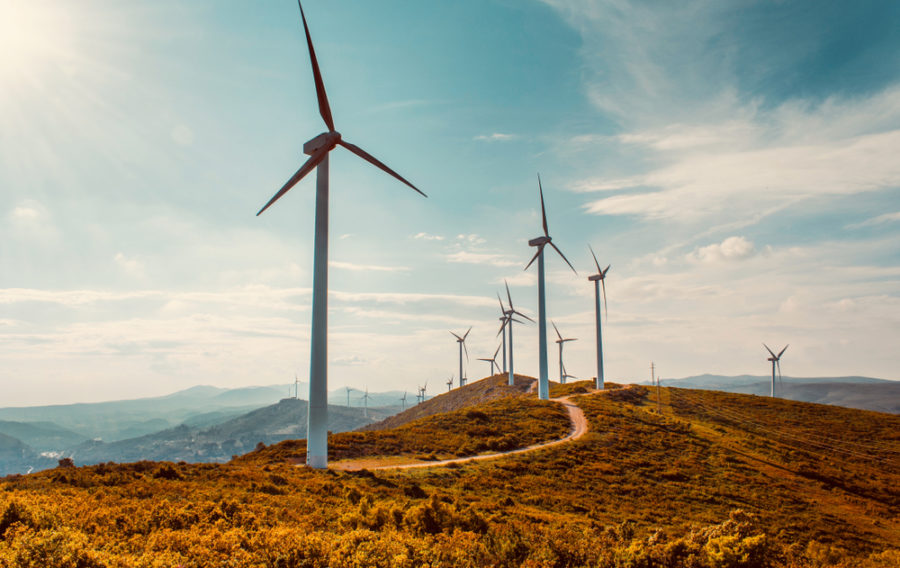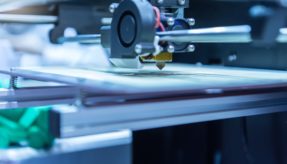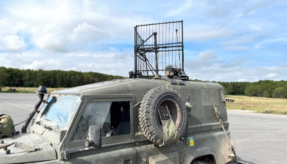
Advanced Material Development (AMD) and Gurit have announced the securement of £392,605 funding from the Defence and Security Accelerator (DASA), under a competition for wind farm mitigation for radar systems which is funded through the BEIS Net Zero Innovation Portfolio and delivered by MOD.
The impact of wind farms on radar systems is a challenge that the UK must overcome to meet its commitment to wind energy growth and net-zero targets. The DASA funding will enable the development and testing of AMD’s unique nanotechnology, which when integrated into a turbine’s blade structure, will reduce a wind farm’s interference with radar systems.
The nanotechnology aims to enable additional functionality to be incorporated into wind farm structures, including embedded sensors that can monitor the turbine’s structural health, with the aim of increasing the sustainability and longevity of the blades.
AMD and Gurit will jointly develop the advanced composite materials, incorporating a novel low-cost, nano-scale Radar Absorbing Material (nRAM) at the manufacturing stage. Collaboration at the earliest stage will ensure that the RF absorption is integrated into the base materials, thereby reducing cost and minimising impact on the manufacturing process.
The collaboration takes advantage of the manufacturing capability of Gurit, who deliver advanced composite solutions to the wind energy sector and other industries. AMD brings specialist knowledge as a leader in the field of cutting-edge Materials Science, innovating 2D nanomaterials and technologies.
John Lee, AMD CEO said: “AMD is committed to researching and developing innovations that will have a positive impact on the environment, so this is exactly the kind of project that we want to be involved with. Together with Gurit, we will develop technology that will remove a significant barrier to the creation of more wind farms in the UK. We are proud to be involved in providing key enabling technology to the UK to allow more access to sustainable energy sources in the fight against global warming.”
“The project will see the integration of AMD’s next generation technologies at the earliest stage of the manufacturing process to achieve a cost-effective technology that has, as yet, not been possible.”
Keith Netting, Director – Strategic Technology Projects at Gurit said: “We are proud to contribute with innovative manufacturing capabilities to the improved safety all while further promoting clean renewable energy”.
The aim of the DASA competition, of which this project is part, is to enable the coexistence of future offshore wind farms alongside Air Traffic Control systems. Funded projects are tasked to develop their technologies that could reduce radar clutter caused by offshore wind farms and fill or remove gaps in radar coverage created by windfarms.
The project is scheduled to run for 18 months, culminating in a demonstration to DASA and interested stakeholders.
If you would like to join our community and read more articles like this then please click here.
Advanced Material Development AMD DASA Defence and Security Accelerator Gurit







